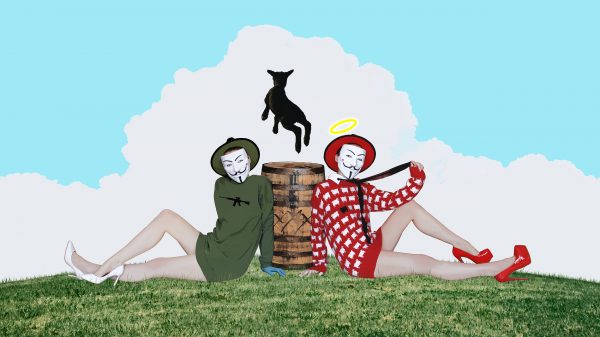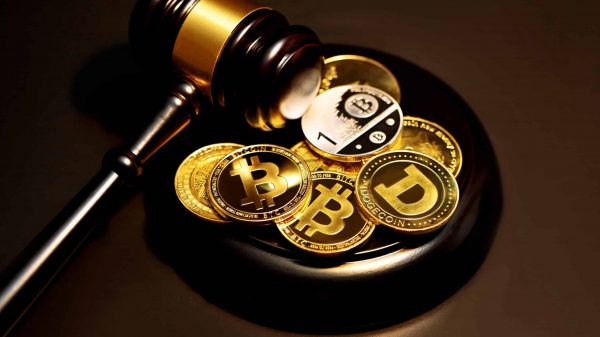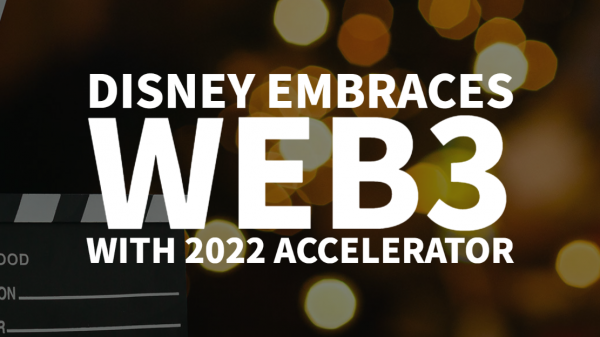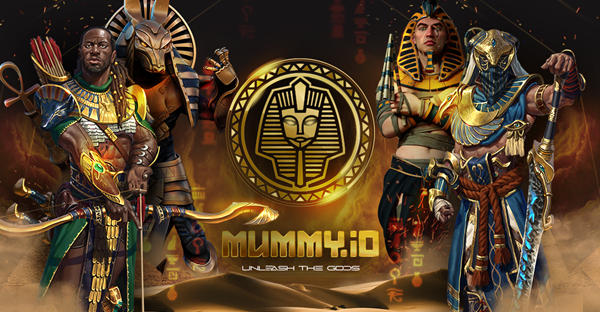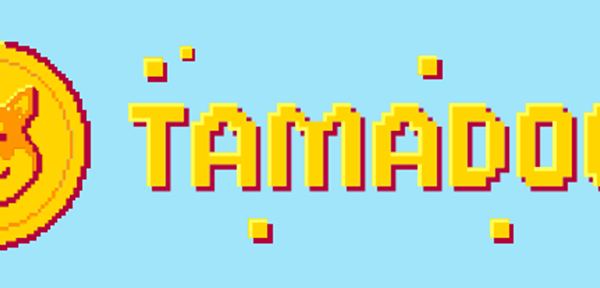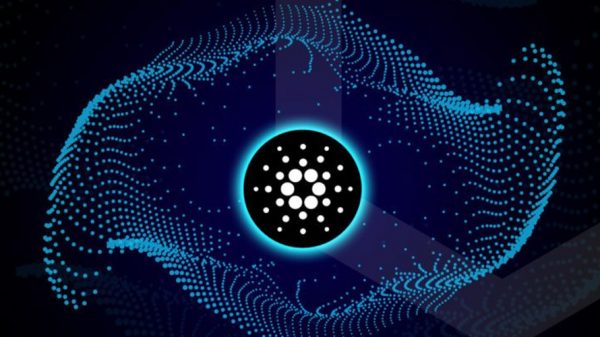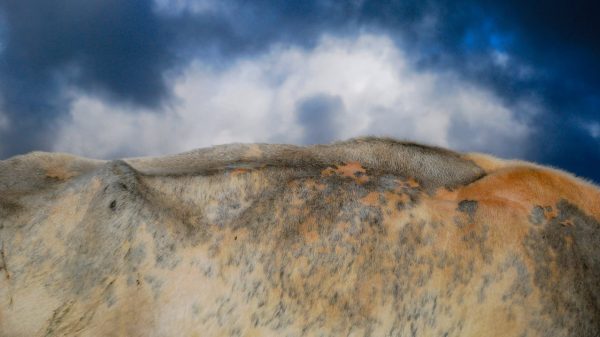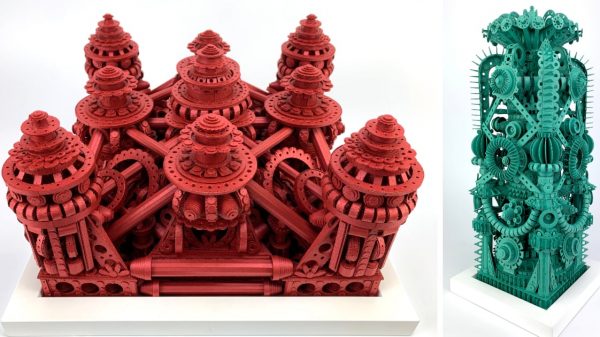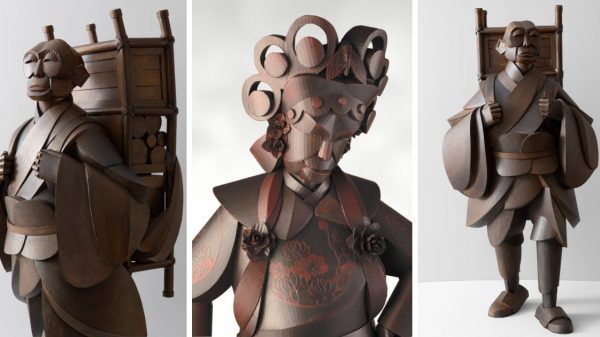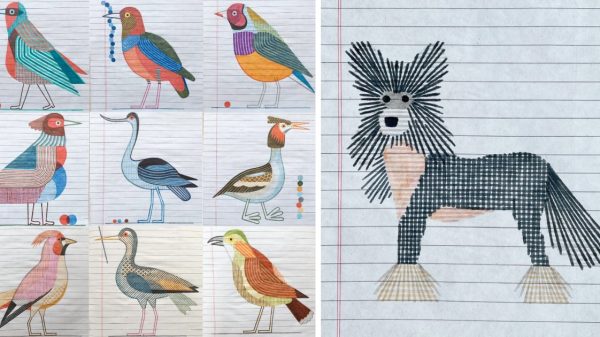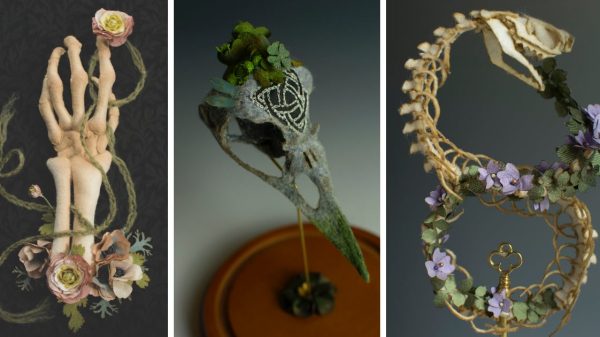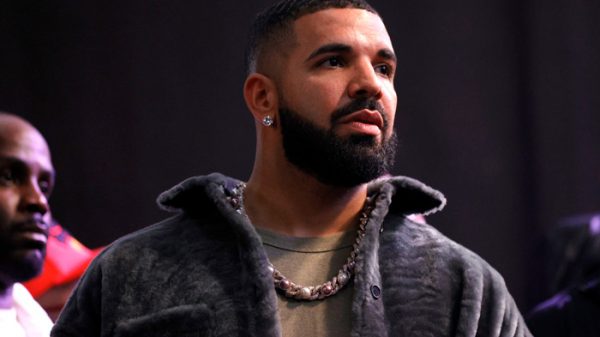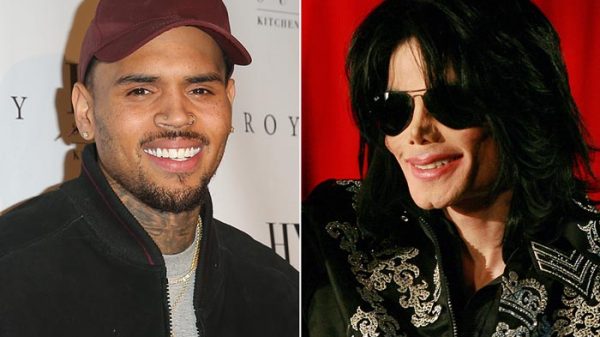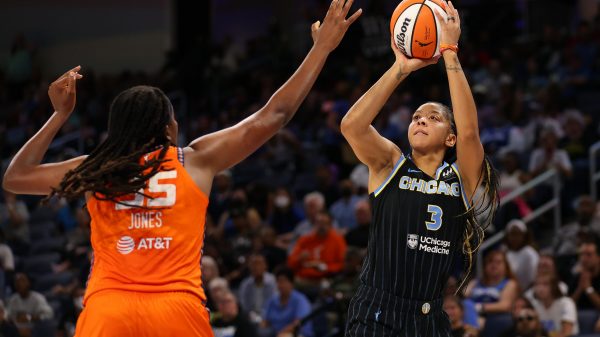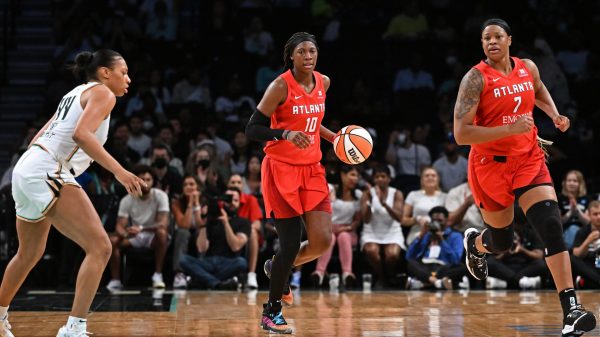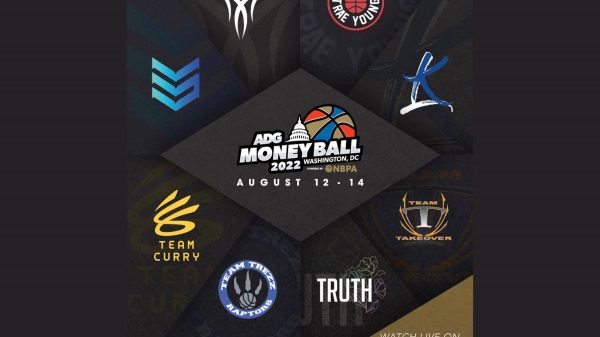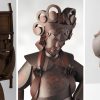Refik Anadol’s Machine Hallucinations—Coral Dreams (2021) is part of an exhibition by the NFT marketplace Aorist; an auction of corresponding NFTs will raise money for The ReefLine, a new underwater public sculpture park off Miami Beach
For decades, tech investors have been the elusive unicorns that the art market has been chasing. Now, thanks to NFTs—the Trojan horses of crypto—the worlds of art and tech are beginning to merge. And with fintech firms flocking to sunny, low-tax South Florida, Miami is fast becoming an NFT collecting hotspot.
This is in large part down to Miami’s Bitcoin evangelist mayor Francis Suarez, who, over the past year, has been vociferously courting tech employees and investors from the Bay Area and East Coast. The viral moment came last December when the venture capitalist Delian Asparouhov tweeted: “ok guys hear me out, what if we move silicon valley to miami”? “How can I help?” Suarez fired back. This week, the mayor is doing his bit to build bridges with the art world, taking part in a symposium yesterday, NFT BZL, which examined the convergence of culture with the blockchain.
Several years ago, it was rumoured that Art Basel was eyeing up San Francisco as a possible location for a fair—rumours that the Swiss firm denied. Its global director Marc Spiegler notes how the tech elite of Silicon Valley have generally “not been engaged enough with the art world to get on a plane and come to Miami Beach”. But now, a new pool of tech entrepreneurs is “suddenly living within 15 minutes’ drive of the fair—and a lot of them are paying attention to the art market because of NFTs”.
Playing to this crowd, Art Basel in Miami Beach (ABMB) has ramped up its NFT offerings. The blockchain platform Tezos is a new sponsor and is presenting an NFT display just outside the fair, including an interactive element that allows visitors to generate self-portraits using an algorithm designed by the AI artist Mario Klingemann. SuperRare is showing 20 large-scale augmented reality works in the Convention Center and several galleries, including Pace and Nagel Draxler, are showing NFTs and blockchain-related art on their stands. Meanwhile, galleries across the board are beginning to accept crypto for sales of both digital and physical works.
Installation view of Tezos's NFT exhibition at Art Basel in Miami Beach 2021
Photo: Eric Thayer
Marc Billings, a technology entrepreneur and the founder of Blackdove—Miami’s first NFT art gallery, which opened in June—believes that the art world failed to crack Silicon Valley because “they were selling an analogue product to a digital audience”. He adds: “This is the first time technology natives feel included in the art scene.”
Conversely, as NFT displays become more sophisticated, traditional collectors are being tempted to take the leap. Blackdove has partnered with the electronics company LG to develop a “digital canvas” with integrated technology that enables clients—including Christie’s, the Pérez Art Museum Miami and the Cisneros Foundation—to display on-chain works. The Miami firm is collaborating with numerous galleries across several satellite fairs this week: Saphira & Ventura at SCOPE, Oliver Cole Gallery at Art Miami, Alaina Simone at Untitled and the artist collective PunkMeTender at CONTEXT.
Billings thinks this week is going to be “the moment when the crossover happens”. He adds: “The concept of NFTs has been so popularised, I don’t think it’s going to be a crypto community buying. It’s going to be more of a traditional community buying.”
In order to keep up with artists’ demands, more and more galleries are collaborating on NFT projects. Some have developed their own platforms. Last month, Pace launched its own custom-built platform, Pace Verso, which sold all five of Lucas Samaras’s NFTs within three hours (priced at $10,000 each; prices for the next drop have doubled).
The new venture is headed by Christiana Ine-Kimba Boyle, Pace’s head of digital sales, who identifies a younger, more diverse NFT collector base flourishing in Miami, where the gallery launched its tech-heavy art space Superblue in May. “There are a lot of young people and people of colour in Miami,” she says. “Not all are formally in tech; some have moved into the industry from entertainment or fashion.” According to Boyle, crypto hedge funders are fuelling NFT sales. “They are also very interested in pivoting into collecting more traditional fine art,” she adds.
Boyle does not foresee Silicon Valley losing its standing as the tech Mecca of the US; Pace is among a small but dedicated group of galleries in San Francisco (Gagosian opened there in 2016 but closed four years later). Instead, she thinks Miami could become the country’s crypto capital. “I feel like Miami Art Week will cement Miami’s status as a hub for the new Web3 world,” she says.
At ABMB, Pace is showing an NFT by Studio DRIFT and Don Diablo (priced at $500,000, with 10% of proceeds going to Justdiggit, a grassroots organisation that fights global warming by re-greening Africa).
While inroads have been made into the mainstream art industry, NFTs still represent a brave new world for many dealers who are used to doing business on “gentlemen’s agreements”. NFT smart contacts typically award artists 10% every time a work is sold, as well as giving them greater control over other aspects of circulation, sales and display.
Galerie Nagel Draxler, which is exhibiting at Art Basel in Miami Beach, is launching a Berlin gallery for blockchain-related art
Photo: Eric Thayer
From gatekeeper to enabler
So will NFTs diminish the role of the gallery? Saskia Draxler, the co-founder of Galerie Nagel Draxler, which has dedicated half of its stand to NFTs at ABMB and is launching a gallery for blockchain-related art in Berlin in January, thinks not. She sees her role as a dealer as less of a “gatekeeper” and more of an “enabler”, saying: “We risk a lot showing new artists. It creates overheads, though we accept there’s a difference in culture when it comes to NFTs. It might not be the classical gallery way of doing business but we are finding ways.”
Other modes of business are opening up, thanks to new NFT platforms. Among them is Aorist, an environmentally conscious NFT marketplace that launched yesterday with an exhibition comprising physical installations, immersive augmented reality experiences and online-only works by artists including Joanie Lemercier, Refik Anadol and Nancy Baker Cahill. Corresponding NFTs were also released for an auction yesterday. Proceeds benefit The ReefLine, a new seven-mile underwater public sculpture park due to open off Miami Beach’s shoreline, which will provide a habitat for endangered reef organisms.
Aorist works with artists in much the same way a gallery would, “commissioning projects, collaborating with institutions and supporting the creative process”, says the Miami-based crypto investor and collector Pablo Rodriguez-Fraile, who co-founded the platform with the artist, Andrea Bonaceto, and the cultural strategist, Ximena Caminos.
Slow learning curve
Creating a bridge between the digital and the physical has been one of the main challenges in making NFTs mainstream, says Rodriguez-Fraile, whose own collection includes more than 1,000 NFTs. “At the moment, it is very difficult for people who are not technical in the blockchain to participate. It can be a slow learning curve and there can be risks with storage,” he says. “We believe platforms should facilitate this in the same way Amazon allows you to pay and integrate with multiple payment methods.” For artists, meanwhile, NFT marketplaces currently offer little marketing, communications and price sensitivity—“none of the things needed for a professional career with long-term audiences”, Rodriguez-Fraile points out.
For others, the volatility of the NFT market has been off-putting; a month after Beeple sold an NFT for a record $69.3m at Christie’s in March, prices slumped 70%. Rodriguez-Fraile predicts a “decoupling” where the majority of NFTs will “fall to zero or below”, while a select few will become “symbols of the movement and will continue to grow exponentially in value”.
The future for NFTs may be uncertain and the jury still out over their artistic merit. But their abundance in Miami this week marks a coming of age—one that the art world can no longer ignore.


